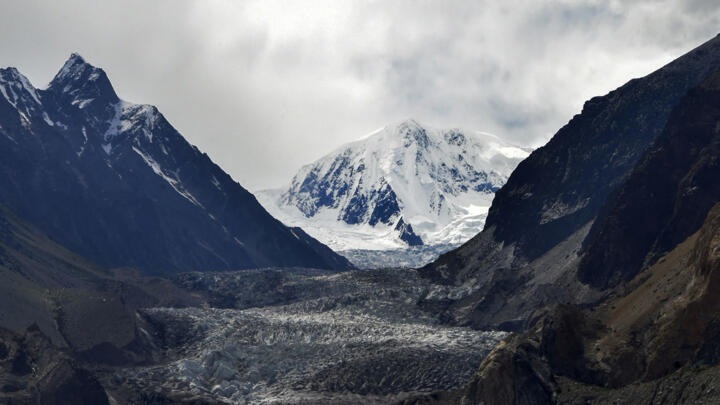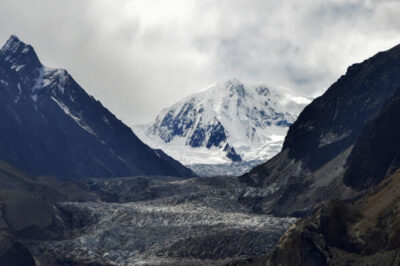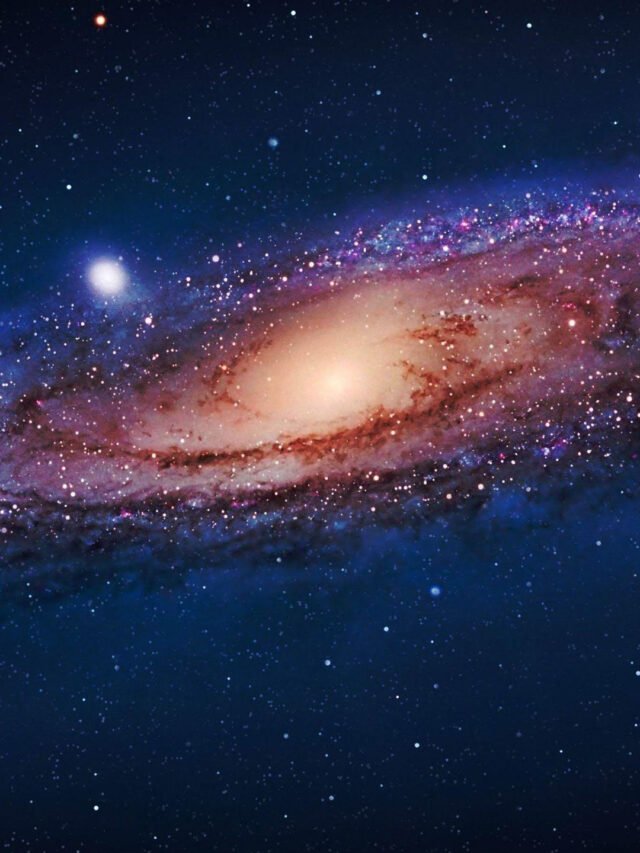
Rising Black Carbon Levels in the Himalayas
A recent study by Climate Trends reveals that black carbon levels in the Himalayas have been increasing over the past two decades. These ultra-fine particles, originating from sources such as vehicles, stoves, and wood fires, are accumulating on snow and ice surfaces, leading to accelerated melting. This phenomenon, known as the “dark snow” effect, reduces the albedo of snow, causing it to absorb more sunlight and melt faster.
Impact on Glacier Dynamics
The accumulation of black carbon on glaciers and snow packs is significantly altering their dynamics. Research indicates that aerosol-induced snow darkening increases the temperature of the snow by approximately 1.47°C and reduces the number of days of snow cover by 10 to 30 days. This accelerated melting leads to earlier and more intense runoff, contributing to an increased frequency of melt extremes across the Himalayan region.
Consequences for Water Resources
The Himalayas, along with the Karakoram and Hindu Kush ranges, store more freshwater than any region except the polar ice caps. Over 750 million people depend on the glacier- and snow-fed Indus, Ganges, and Brahmaputra rivers for freshwater. Accelerated glacier melt disrupts the timing and volume of river flows, posing significant risks to agriculture, hydropower, and drinking water supplies.
Regional and Global Implications
The rapid melting of Himalayan glaciers has far-reaching implications beyond the immediate region. The altered river flows can lead to increased flooding and droughts, affecting millions of people across South Asia. Furthermore, the loss of glaciers diminishes the region’s ability to store water, exacerbating the challenges posed by climate change.
Strategies for Mitigation
Addressing the issue of black carbon requires concerted efforts at both the national and regional levels. Implementing policies to reduce emissions from vehicles, industrial sources, and biomass burning can significantly decrease black carbon deposition. Additionally, promoting clean cooking technologies and transitioning to renewable energy sources can further mitigate the impact. The World Bank emphasizes the importance of regional cooperation to effectively manage and protect these vital water resources.
Conclusion
The rising levels of black carbon in the Himalayas pose a significant threat to the region’s glaciers and the millions of people who rely on their meltwater. Immediate action to reduce black carbon emissions is essential to mitigate the accelerated melting of glaciers and ensure the long-term stability of water resources in the region. Through coordinated efforts and sustainable practices, it is possible to protect these vital ecosystems and the communities that depend on them.









































Leave a Reply